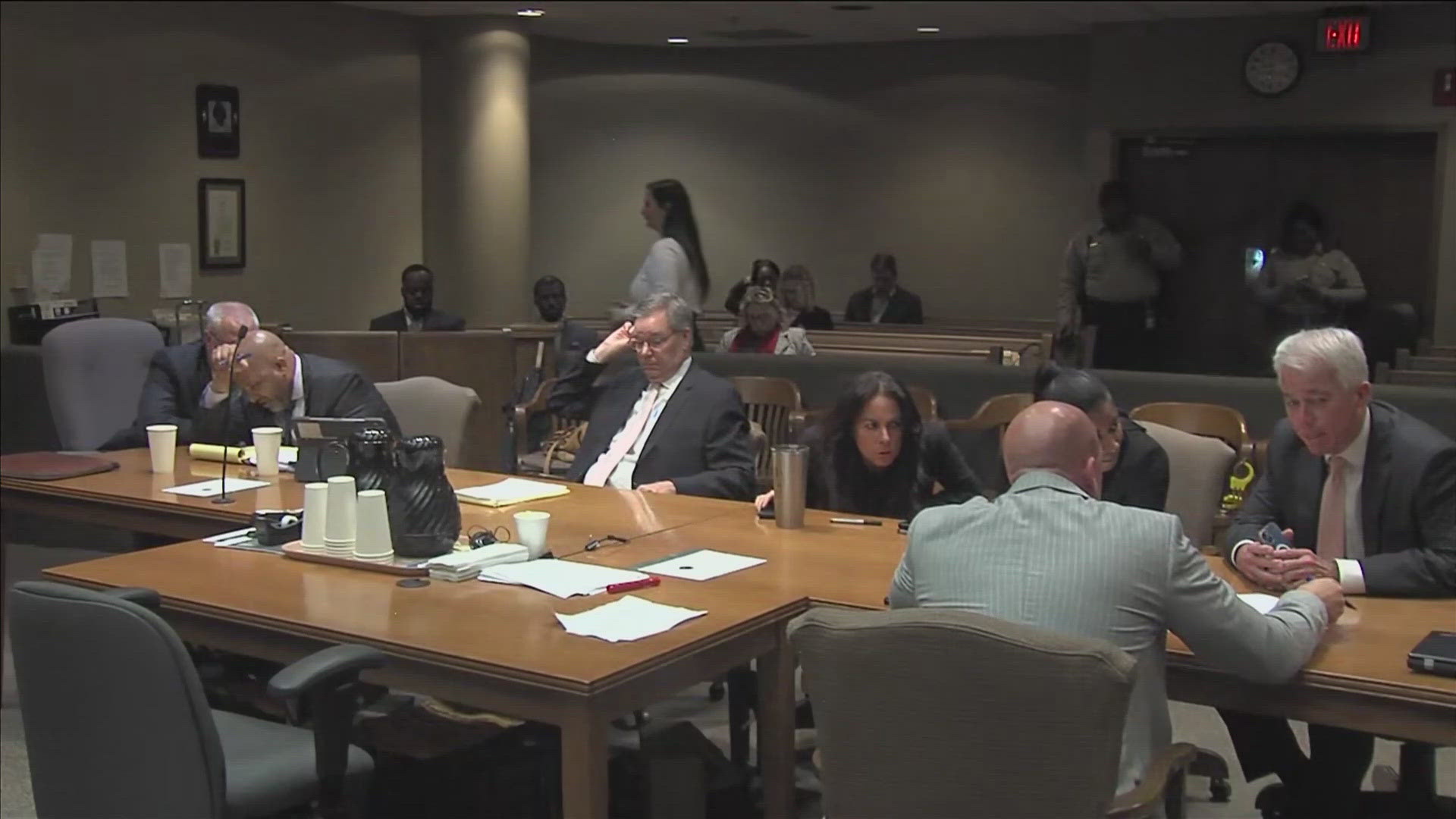FedEx is helping the National Zoo’s panda, Bao Bao, leave the U.S. to head back to China.
The panda has been on loan to the Washington D.C. Smithsonian’s National Zoo and Conservation Biology Institute. Now the three-year-old giant panda is returning to China.
She will eventually enter into a breeding program there, according to zoo officials.
FedEx News Release:
MEMPHIS, Tenn. — Bao Bao (BOW-BOW) the 3 ½ year-old giant panda began her journey to China this morning. She departed the Smithsonian’s National Zoo at 11 a.m. for Dulles International Airport, where she will board a FedEx Express 777F plane bound for Chengdu, China. The non-stop flight will take about 16 hours. Bao Bao’s departure from the Zoo was broadcast via Facebook Live.
This morning, the panda team arrived at 6:30 a.m. to finalize preparations for Bao Bao’s departure. Bao Bao received her morning diet of 17 pounds (8 kilograms) of bamboo and 5.4 (150 grams) leafeater biscuits and spent time in her outdoor habitat. Already acclimated from daily training, keeper Marty Dearie called Bao Bao back indoors and then into the custom travel crate at approximately 10 a.m. Zoo staff moved the crate onto a specially-decorated forklift which traveled carefully out of the David M. Rubenstein Giant Panda Habitat through the Zoo and was loaded on a FedEx Express truck. Dennis Kelly, director of the Zoo, was joined by Ambassador Cui Tiankai from the People’s Republic of China, Smithsonian Regent and Zoo giant panda conservation program supporter David Rubenstein and animal care staff to say goodbye.
The “FedEx Panda Express,” a custom-decaled 777F aircraft, is expected to depart at 1:30 p.m. today from Dulles International Airport. FedEx supports the movement of rescued or endangered animals across the country and around the world as part of its commitment to sustainability.
“At FedEx, we take great pride in using our global networks to move precious cargo around the world,” said Dave Bronczek, president & COO, FedEx Corp. “Through our charitable shipping program, we are honored to be entrusted with Bao Bao’s journey to her new home in China. Our team of skilled logistics experts, pilots and drivers are honored to support the efforts to preserve this beloved, rare animal. I extend a special thanks to our team members who go above and beyond every single day to make a positive impact in our communities.”
In 2010, FedEx Express transported Bao Bao’s brother Tai Shan from The National Zoo to the China Conservation and Research Center in Chengdu. FedEx Express also provided the transport for Bao Bao’s parents, Mei Xiang and Tian Tian, from China to the United States in 2000.
The Zoo will broadcast the departure of the plane on Facebook. The specialized travel crate is made of steel and weighs approximately 800 lbs. Marty Dearie, one of the keepers who has cared for Bao Bao since her birth, and Katharine Hope, veterinarian at the Zoo will make the 8,600-mile trip with her. They will continuously monitor Bao Bao during the trip and are traveling with a supply of her favorite treats, including 50 pounds of bamboo, 2 pounds of apples, 2 bags of leafeater biscuits, cooked sweet potatoes and water.
Upon arrival in Chengdu, Bao Bao’s new keepers from China Conservation and Research Center for the Giant Panda will drive her to Dujiangyan Panda Base where she will stay in quarantine for approximately 30 days. The American team will follow, and Dearie will remain with Bao Bao for three days while she acclimates to her new home. It is not confirmed if Bao Bao will remain at Dujiangyan after the quarantine period has ended. Bao Bao will enter the giant panda breeding program when she reaches sexual maturity between 5 and 6 years old.
The panda team prepared Bao Bao for the move to make sure she is comfortable and safe during her journey. To slowly acclimate her to the travel crate, keepers asked Bao Bao to walk through it every day. After she became comfortable doing that, they got her used to spending short periods of time in it with the doors closed.
Bao Bao was born at 5:32 p.m. Aug. 23, 2013, at the Zoo’s David M. Rubenstein Family Giant Panda Habitat. Her name translates to “precious” or “treasure” in Chinese. Both Mrs. Michelle Obama, former first lady of the United States, and Madame Peng Liyuan, first lady of China sent congratulatory messages for her naming ceremony when she was 100 days old. At her first birthday zhuazhou (dra-JO) ceremony, she selected a banner depicting peaches, representing longevity. She is the second surviving cub of her parents Mei Xiang (may-SHONG) and Tian Tian (tee-YEN tee-YEN).
Giant pandas are listed as “vulnerable” in the wild by the International Union for Conservation of Nature. There are an estimated 1,800 in the wild. The Smithsonian’s National Zoo and Conservation Biology Institute is a leader in giant panda conservation. Ever since these charismatic bears arrived at the Zoo in 1972, animal care staff and scientists have studied giant panda biology, behavior, breeding, reproduction, and disease. These experts are also leading ecology studies in giant panda’s native habitat. The Zoo’s giant panda team works closely with colleagues in China to advance conservation efforts around the world. Chinese scientists are working to reintroduce giant pandas to the wild.



